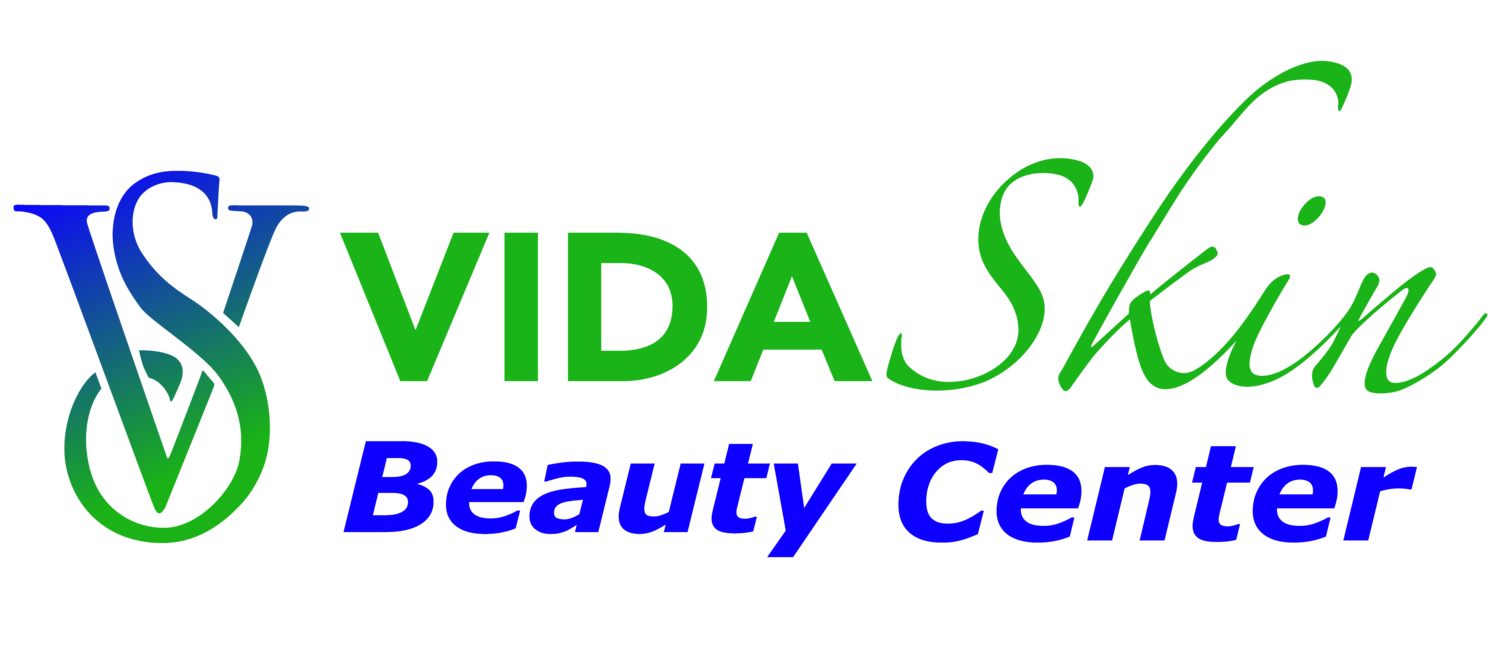Chemical Peels
LIGHT FACIAL CHEMICAL PEELS
You are likely to experience some redness, stinging, skin flaking, and irritation from a light chemical peel.
After repeated treatments, these side effects will likely subside.
Other light chemical peel risks include:
Hyperpigmentation (when too much pigment occurs, causing brown blotches). Avoid this by always using high-factor sunscreen.
Infection.
MEDIUM FACIAL CHEMICAL PEELS
Medium chemical peels are used for Acne scars, deeper wrinkles, and uneven skin color.
The chemicals used for this type of peel will remove skin cells from both the outer layer of your skin (epidermis) and the upper part of your middle layer (dermis).
Agents frequently used for medium-depth chemical peeling include TCA (trichloroacetic acid), Jessner's solution, and glycolic acid.
Procedure Steps:
Your face will be cleansed.
The chemical solution is brushed onto your skin and left on for just a few minutes. You may feel some burning or stinging.
The treated area may turn a whitish-grey color.
The chemicals are neutralized with a cool saline compress.
Your skin may turn red or brown in the days just after the peel.
The peeling process typically starts within 48 hours and lasts for a week.
It is important to keep the skin well moisturized during the peeling process.
Risks and Recovery:
Although Redness occurs in everyone after the peel, it may last longer than a few months for some people.
When trichloroacetic acid is used in a medium chemical peel, you'll experience some redness, stinging, and flaking of the skin, as seen with deep sunburn.
Although these chemicals won't bleach your skin, you may see some color changes. You're advised to avoid the sun and to use sunblock for several months to protect that fresh new layer of skin.
Hyperpigmentation is too much pigment causing brown blotches after peels, which may result even if you use sunscreen.
Permanent scarring is another infrequent risk.
DEEP FACIAL CHEMICAL PEELS
Used for Deeper facial wrinkles, scars, blotchy skin areas, or pre-cancerous growths.
May require a skin biopsy; therefore, it is referred to clinical dermatologists.
ACID TYPES & DIFFERENCES
AHA & BHA PEELS?
Both act to exfoliate the skin.
Both decrease inflammation, a key marker of acne, rosacea, and other skin concerns
Both decrease the appearance of large pores and surface wrinkles
Both even out your skin tone
Both improve overall skin texture
Both remove dead skin cells
Both unclog pores to prevent Acne
According to a 2009 review AHAs and BHAs yield fuller skin when used together due to increased collagen production.
AHA is for anti-aging treatment, whereas BHA is better to calm down inflammation and get rid of Acne.
AHAs
Aalpha hydroxy acid is water-soluble acids made from sugary fruits.
They help peel away the surface of your dry skin so that new, more evenly pigmented skin cells may generate and take their place, effective for anti-aging benefits .
After use, you’ll likely notice that your skin is smoother to the touch. It is primarily used for:
mild hyperpigmentation like age spots, melasma, and scars
enlarged pores
fine lines and surface wrinkles
uneven skin tone
BHAs
Beta hydroxy acid is oil-soluble and can get deeper into the pores to remove dead skin cells and excess sebum.
Primarily used for acne, rosacea and sun damage.
BHAs go deep into your hair follicles to dry out excess oils and dead skin cells to unclog your pores. Because of these effects, BHAs are most suitable with oily skin.
BHAs is designed for daily use, but you may need to apply a few times per week at first until your skin gets accustomed to it.
Although BHAs don’t make your skin as sensitive to the sun compared to AHAs, you should still wear sunscreen every single day. This will help prevent further sun damage.
GLYCOLIC ACID
Glycolic acid is the most common type of AHA.
It’s also made from a widely available plant: sugar cane.
Glycolic acid provides significant exfoliation.
This makes it an all-around treatment for many skin concerns.
Its antimicrobial properties, it may even help prevent acne breakouts.
LACTIC ACID
Lactic acid is another common AHA.
Unlike other AHAs made from fruits, lactic acid is made from lactose in milk.
It’s also known for its significant exfoliation and anti-aging effects.
TARTARIC ACID
Tartaric acid is another type of AHA. It’s made from grape extracts, and may help alleviate signs of sun damage and acne.
CITRIC ACID
Citric acid is made from citrus fruit extracts.
Citric acid is primarily classified as an AHA, but some formulations of citric acid are BHAs too.
Its main purpose is to neutralize the skin’s pH levels and to even out rough patches of skin.
primarily used to dry out excess sebum and clean out dead skin cells deep in your pores
Citric acid makes a good serum or toner used before applying a moisturizer.
It may even help work with sunscreen to provide maximum UV protection.
MALIC ACID
Malic acid is a type of AHA-BHA crossover, made from apple acids.
Malic acid alone isn’t as effective, but when combined with others makes other acids more effective.
This is why malic acid is common found in combination with AHA products.
MANDELIC ACID
Mandelic acid contains larger molecules derived from almond extracts.
It can be combined with other AHAs to increase exfoliation.
When used alone, the acid may improve texture and pore size.
SALICYLIC ACID
Salicylic acid is the most common BHA. Concentrations can range between 0.5 and 5 percent, depending on the product at hand.
It’s well-known as an acne treatment, but it can also help calm down general redness and inflammation.
LEARN MORE:
